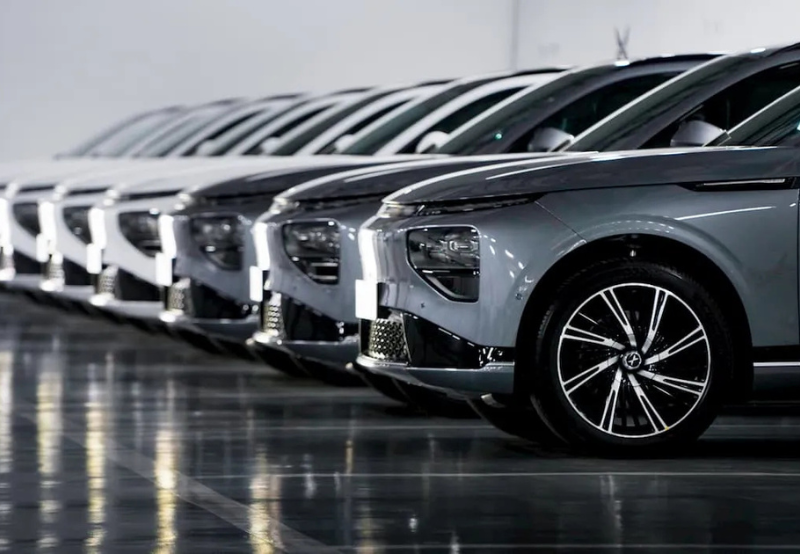MSRTC is set to establish around 300 MW of solar capacity to generate electricity worth about ₹1,000 crore annually. This initiative supports its transition to e-buses, grid-independence and sustainable transport.
Introduction
The Maharashtra State Road Transport Corporation (MSRTC) has unveiled an ambitious strategy: it plans to set up solar energy projects capable of generating approximately ₹1,000 crore worth of power per year. The target capacity is around 300 MW annually, intended to cover its operational power needs and future electric-bus charging demands.
This initiative marks a pivotal shift for a public transport provider transitioning from a high-energy-consuming legacy operation towards a renewably-powered, financially self-sustaining enterprise.
What Is Being Planned?
According to MSRTC chairman Pratap Sarnaik, the roadmap includes:
- Installing solar modules on rooftops of workshops, bus stations and depots.
- Utilising open land – possibly via “solar energy farming” – and utilising government land at a nominal lease rate for large-scale installation.
- Leveraging central and state renewable-energy schemes and public-private partnerships (PPPs) to execute the programme.
- Meeting future electricity demand—especially as the bus fleet shifts towards electric models—estimated at up to 300 MW.
Currently, MSRTC uses roughly 15 MW annually for its existing operations, incurring an electricity bill of around ₹25−30 crore. Once the 300 MW of solar comes online, it expects to offset this cost and create a new revenue stream.
Why This Matters
1. Financial Self-Reliance
By generating its own power, MSRTC can reduce its dependence on grid-supplied electricity and avoid recurring high bills—potentially turning cost savings into income.
2. Supporting the Electric-Bus Transition
As MSRTC prepares to expand its electric bus fleet, its charging demand will rise sharply. Having dedicated solar capacity ensures cleaner charging and mitigates exposure to volatile grid tariffs.
3. Sustainability & Public Transport Leadership
A solar-powered public-transport provider becomes a visible symbol of sustainable mobility. This initiative helps MSRTC align with climate goals and demonstrates how large transport fleets can adopt renewable energy rather than just shifting vehicle technology.
4. Model for State-Level Replication
This project could become a template for other state transport corporations to adopt solar energy generation, making renewable power a core part of mobility infrastructure, not just a peripheral add-on.
Challenges to Navigate
Though promising, several execution risks must be managed:
- Land and rooftop access: Acquiring sufficient area (open land or rooftops) for 300 MW of solar could be complex given competing land-use pressures.
- Infrastructure and grid connectivity: Integrating large-scale solar with transport-fleet charging infrastructure and ensuring stable grid-interface, especially if battery-storage or smart controls are involved.
- Financing & execution timelines: Mobilising investment (whether via PPPs or state/central financing) and constructing the installations in a timely manner.
- Maintenance & performance: Ensuring solar installations deliver expected output, especially in years with variable insolation or climatic conditions.
- Technology alignment: Aligning solar generation timing with the peak bus-charging schedule, possibly requiring paired storage or smart controls.
What Happens Next?
Key milestones to watch include:
- Finalisation of land-/rooftop-availability surveys and tendering of installation contracts.
- Selection of technology partners for solar modules, inverters, and possibly battery storage or smart energy-management systems.
- Mobilisation of funding via state and central government schemes, or PPP structures.
- Commencement of pilot installations — likely on bus station rooftops — with project scaling to full 300 MW capacity over the coming years.
- Integration of solar generation with electric-bus depots, ensuring that charging demand and solar supply align operationally.
Conclusion
The MSRTC solar energy initiative is a bold and timely move, reflecting how renewable energy is increasingly integral to mobility-sector transformation. With potential generation of ₹1,000 crore worth of electricity per year, the project merges financial prudence with climate action and operational innovation.
If executed effectively, MSRTC could become a leading example of how a transport corporation not only switches to electric vehicles but also secures the power that drives them—creating a virtuous cycle of clean mobility.
This is more than a solar-plant ambition—it is a strategic pivot: from consuming energy to generating it, and from relying on external power to designing a self-sustaining energy-ecosystem within public transport.
For more insights, Solar News






